USAID’s Exclusive Access to LASER PULSE Study on Research Translation for International Development
Laura Riddering2023-01-11T14:07:01+00:00Have you struggled with collaborations with academic researchers? Could you benefit from a framework, guidance, and recommendations on translating research?
The LASER PULSE program is pleased to share exclusive access to USAID to a study titled Research Translation for International Development: A literature review, framework, and guide to developing a research translation strategy. The purpose of this study was to establish a shared understanding of approaches to research translation to enable researchers and practitioners to design future research translation projects. Through a multifaceted method, including a scoping review, rapid literature review, and qualitative analysis of five research translation approaches, we explored the broad concept of research translation and how it has been implemented in agriculture, healthcare, political studies, and development studies across 93 peer-reviewed articles.
In our study, we found four intertwined factors that commonly influence research translation: (1) intention of research use, (2) commitment to partnership, (3) understanding of context, and (4) availability of time and resources. Based on these findings and our evidence gathered, we developed a conceptual framework for research translation, known as the Research Translation Continuum. Within that framework, we determined that LASER PULSE’s Embedded Research Translation (ERT) approach is an agnostic model that is applicable to any research methodology and sector where close collaboration with practitioners and a more proactive form of research translation is desired. Lastly, we generated a series of guiding questions to assist in developing a research translation strategy in international development.
The Research Translation Continuum (left) is a framework to illustrate the range of ways to produce useful evidence, and the range of ways that academic researchers and practitioners engage collaboratively in research translation. The Guiding Questions (right) take into account the influence of the four intertwined factors that shape research translation and incorporate the best practices identified in the literature review.
This study makes three important contributions. First, we found that there is great potential to harness research evidence through research translation to inform international development practice and policy. Second, the Research Translation Continuum and Guiding Questions for Research Translation provide guidance to researchers, practitioners, and donors on how to navigate the various avenues for designing, conducting, and applying research in solutions to development challenges. Third, the literature review enables LASER PULSE to apply ERT as a foundation for guiding research translation efforts in our programming and serves to fill the gap for a research translation model in international development. The study is currently embargoed on the DEC as it is under review in an academic journal. After publication, it will be shared broadly with practitioners, researchers, and donors working in international development.
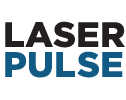

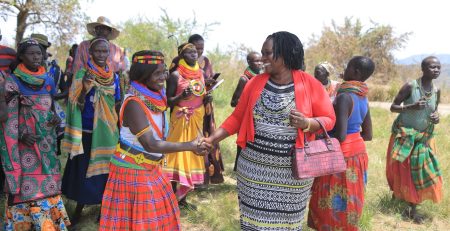
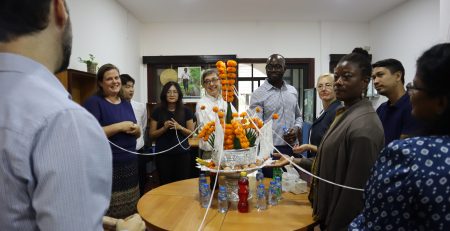
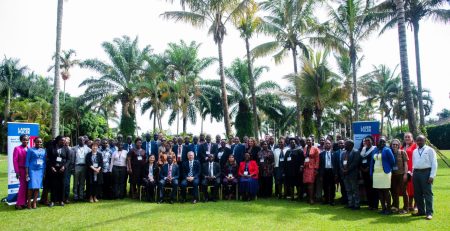
Leave a Reply
You must be logged in to post a comment.